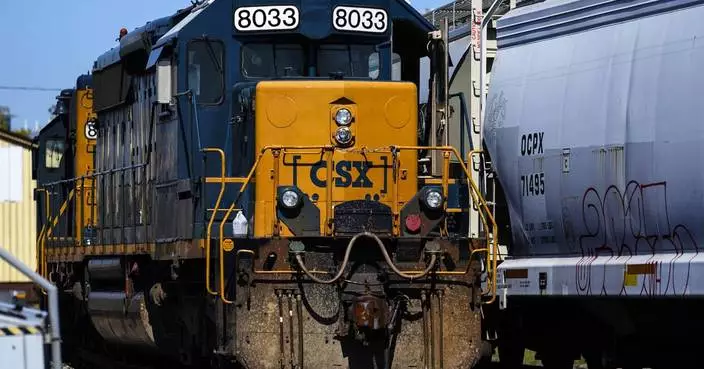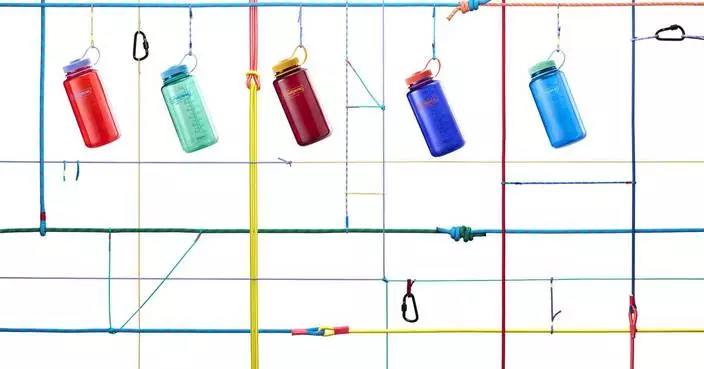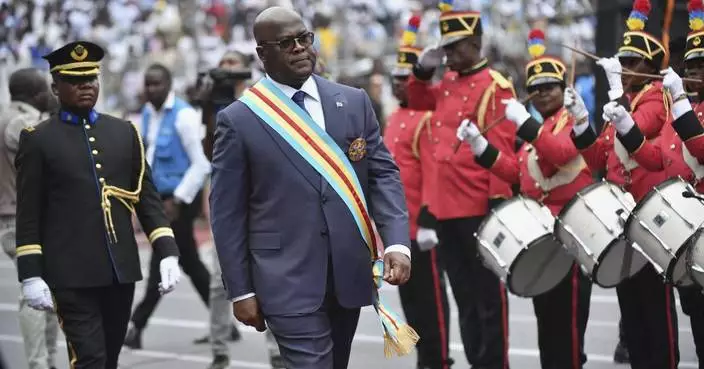So the whole world should wait for him?
A passenger has ignited online backlash after she was caught on camera last Friday holding open the door of a departing high-speed train with her body, despite railway staff continuously urging her not to do so.
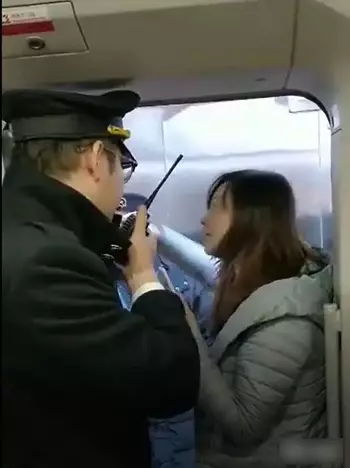
According to a statement by Hefei Railway Station in east China on its official Weibo account on Tuesday, the woman succeeded in delaying the departure of the train bound to south China's Guangzhou.
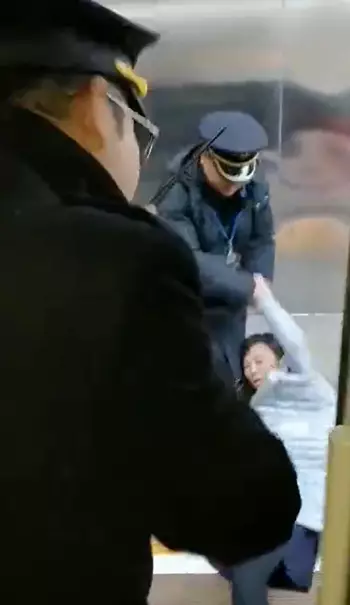
She wanted the train to wait for her husband to get aboard. The woman who was later identified as a deputy director of a local primary school's dean’s office, has been suspended from duty as an investigation continues, a newspaper reported on Tuesday.
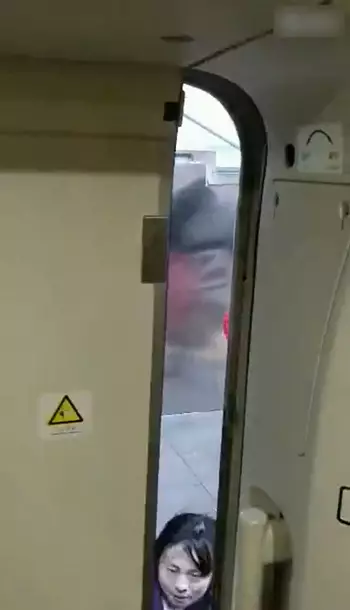
Four railroads have asked federal appeals courts to throw out a new rule that would require two-person train crews in most circumstances, saying the mandate is arbitrary, capricious and an illegal abuse of discretion.
The identical challenges of the Federal Railroad Administration's rule were all filed this week in different appellate courts on behalf of Union Pacific, BNSF and two short line railroads — the Indiana Railroad and Florida East Coast Railway.
The new federal requirement, announced last week, was a milestone in organized labor’s long fight to preserve the practice and came amid increasing scrutiny into railroad safety, especially in the wake of the fiery February 2023 derailment in eastern Ohio.
Most of those railroads did not immediately offer additional explanation for why they don't like the rule, but the industry has long opposed such a regulation and the Association of American Railroads trade group said last week that the rule was unfounded and not supported by safety data. The Indiana Railroad — like many short lines across the country — already operates with one-person crews, but the major freight railroads all have two-person crews that their union contracts require.
Union Pacific said in a statement “this rule, which lacks any data showing two people in a cab are safer than one, hinders our ability to compete in a world where technology is changing the transportation industry and prevents us from preparing our workforce for jobs of the future.”
BNSF deferred comment to AAR, and the two smaller railroads did not immediately respond to messages Thursday.
The regulators who announced the rule last Tuesday and the unions that have lobbied for the policy for years all argue there are clear safety benefits to having two people in the cab of locomotives to help operate the train because they can keep each other alert and the conductor can respond immediately to any problems they encounter, including serving as the initial first-responder to a derailment.
Transportation Secretary Pete Buttigieg has said the need to improve railroad safety was made glaringly clear last year when a Norfolk Southern train derailed on the outskirts of a town on the Ohio-Pennsylvania border and spilled an assortment of hazardous chemicals that caught fire. That East Palestine derailment inspired calls for reform that have stalled in Congress.
But Buttigieg and the Federal Railroad Administration declined to comment Thursday on the legal challenges to the new rule that is set to take effect in early June.
The head of the Brotherhood of Locomotive Engineers and Trainmen union Eddie Hall said this legal challenge is just another sign the railroads “place profits over safety.” He said keeping two people in the locomotive won't keep railroads from investing in new technology, and the industry should focus on improving safety.
“This move by the railroads was predictable. The railroads and their trade association appeal every safety reform," Hall said.
Railroads have long argued that the size of train crews should be determined by contract talks, not regulators or lawmakers, because they maintain there is not enough data to show two-person crews are safer. Current safety stats can't show how safe one-person crews are because all the major railroads have two-person crews now.
The new rule does include an exception that would allow short line railroads to continue operating with one-person crews if they have been doing it for more than two years and have a plan to ensure safety. But the rule would make it difficult for any railroads to cut their crews down to one person.
The railroads have often challenged states when they tried to require two-person crews, so it's not a surprise that they went to court over this new federal rule.
The major freight railroads have argued that automatic braking systems that are designed to prevent collisions have made the second person in the locomotive cab unnecessary and they believe a conductor based in a truck could adequately respond to any train problems. Plus, they say taking that conductor off of the train would improve their quality of life because he or she would no longer have to work unpredictable hours on the road.
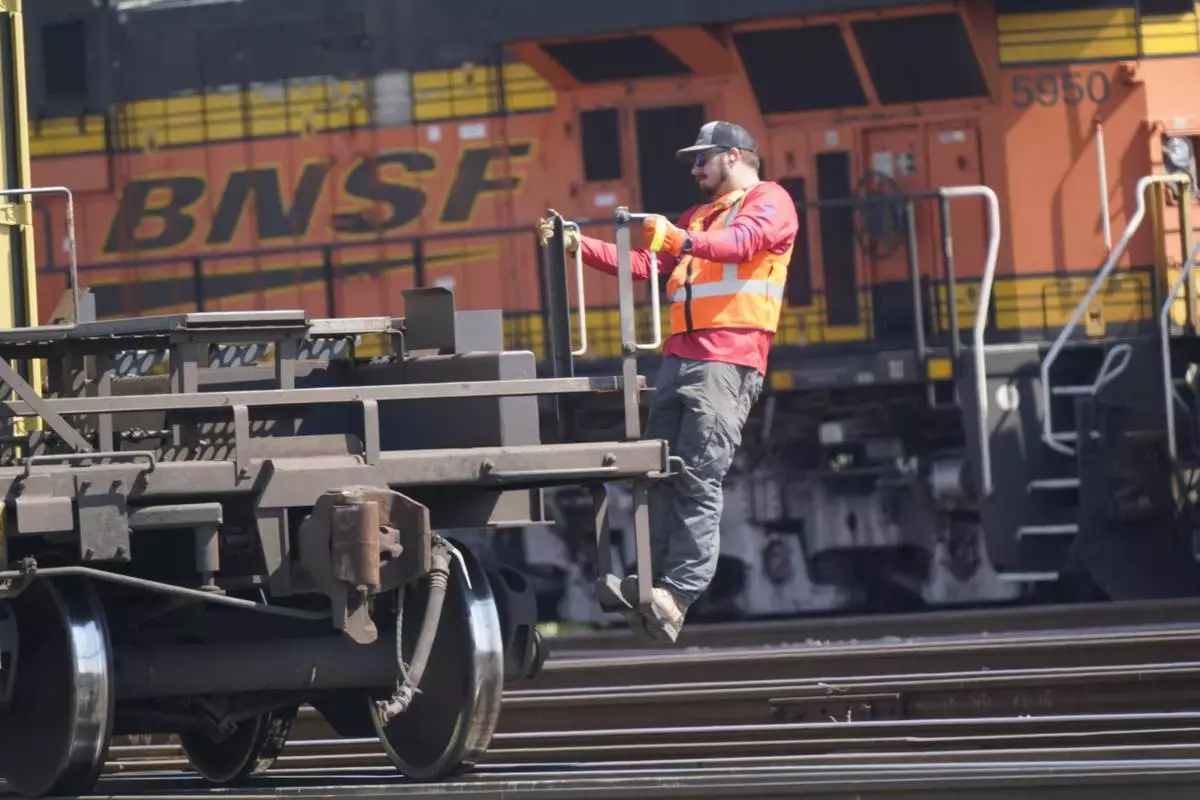
FILE - A worker rides a rail car at a BNSF rail crossing in Saginaw, Texas, Sept. 14, 2022. Four railroads, including BNSF, have asked federal appeals courts to throw out a new rule that would require two-person train crews in most circumstances. (AP Photo/LM Otero, File)
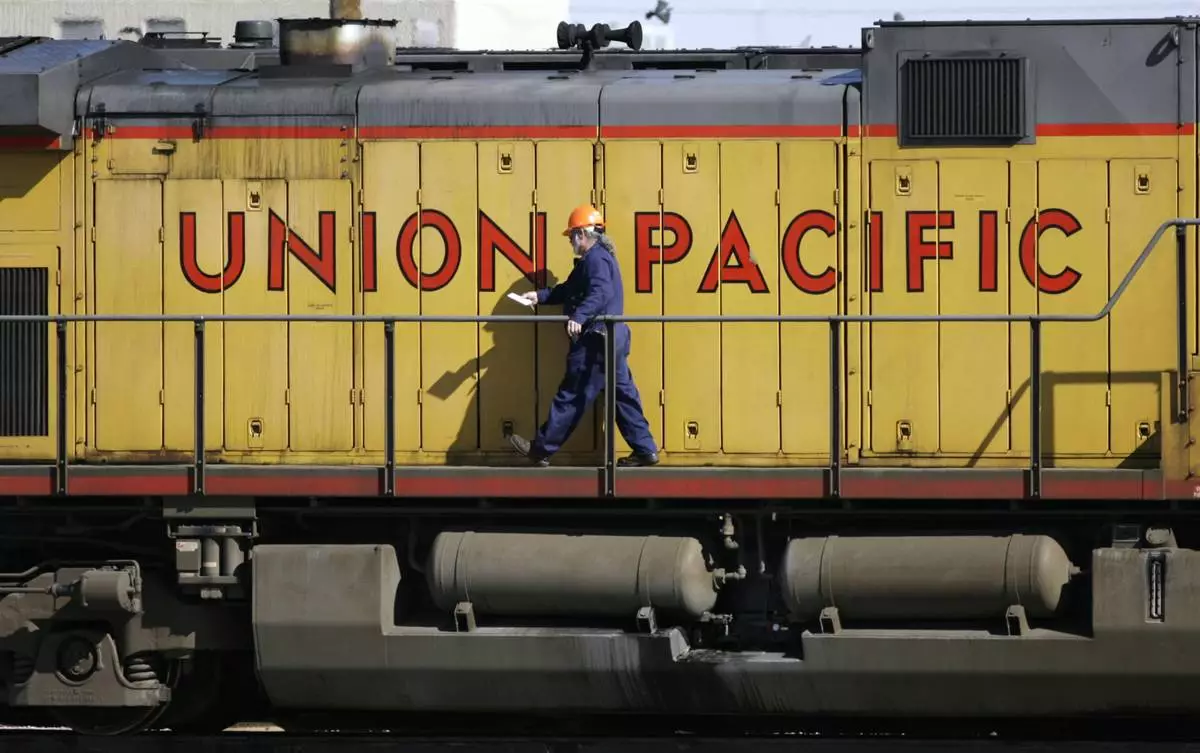
FILE - A maintenance worker walks past the company logo on the side of a locomotive in the Union Pacific Railroad fueling yard in north Denver, Oct. 18, 2006. Four railroads, including Union Pacific, have asked federal appeals courts to throw out a new rule that would require two-person train crews in most circumstances. (AP Photo/David Zalubowski, File)








